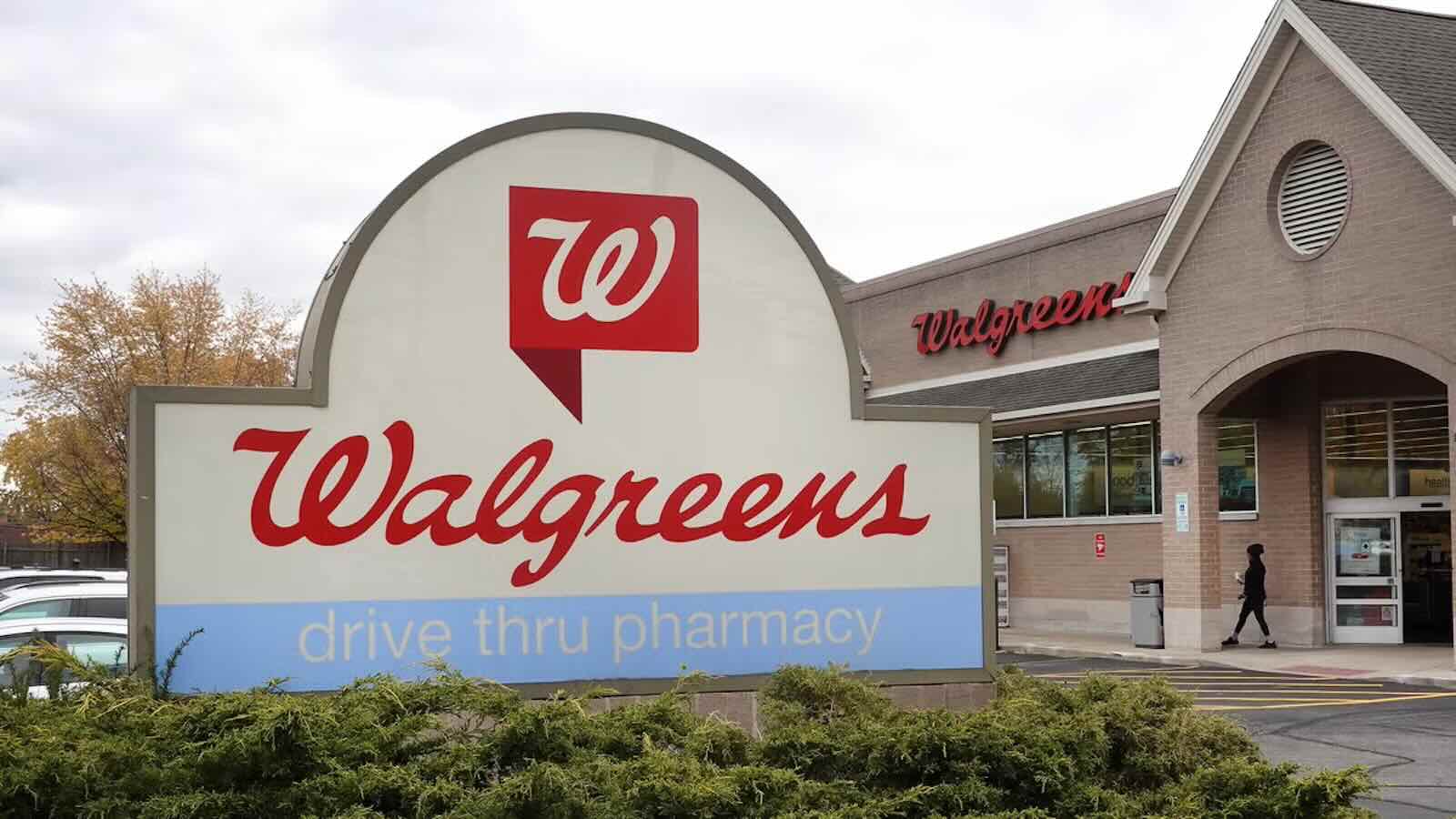A New Wave of Walgreens Store Closures in 2025
Imagine heading to your neighborhood Walgreens only to find the lights off and a “closed permanently” sign on the door. For thousands of Americans, that’s the new reality. This month, Walgreens is closing more than 20 additional locations across the U.S. as part of a sweeping cost-cutting and restructuring strategy.
The announcement follows a larger three-year plan to shutter 1,200 underperforming stores nationwide—a response to shifting consumer habits and rising financial pressures.
Why Walgreens Is Closing Stores Now
Walgreens, like many traditional retailers, has been hit hard by the digital revolution. Online shopping continues to surge, foot traffic hasn’t fully bounced back since the pandemic, and inflation is squeezing household budgets. As malls fade into history, drugstore chains are reevaluating their physical footprints.
CEO Tim Wentworth confirmed the closures are essential to “streamline operations and improve profitability.” In Q4 of fiscal 2024, Walgreens reported a staggering $3 billion loss, primarily due to valuation changes tied to opioid-related settlements.
A Shrinking Presence: The Numbers Behind the Closures
With nearly 8,500 stores currently operating in the U.S., Walgreens has already closed 2,000 over the past decade. In 2025 alone, up to 500 more locations are expected to shut their doors. According to internal data, only about 6,000 stores remain profitable.
Yet, the company still posted strong quarterly revenue: $37.55 billion in Q4, up 6% year-over-year. So, what gives? Profitability is now measured not by total revenue, but by operational efficiency and reduced liability.
Which Walgreens Locations Are Closing in June?
From California to West Virginia, here are just some of the locations going dark this month:
- California: Salinas
- Florida: Jacksonville, Miami
- Illinois: Chicago
- Massachusetts: Brockton, Fall River, Gloucester, Springfield, Swansea, Webster, Worcester
- New Jersey: Pleasantville
- New York: NYC (Duane Reade), Syracuse
- North Carolina: Durham, Raleigh
- Ohio: Garfield Heights, Reynoldsburg
- Washington: Bremerton
- West Virginia: Clendenin, Follansbee, Mullens, New Martinsville, Oceana, Whitesville
These closures add to the dozens already finalized earlier in the year across states like Texas, Georgia, and Connecticut.
Industry Experts Weigh In on the Fallout
Retail experts say Walgreens is following a broader trend driven by cost-efficiency and digital disruption.
“They’re trimming leases, reducing obligations, and focusing on ROI,” explains Kevin Thompson of 9i Capital Group. “It’s not just about selling meds anymore—it’s about survival.”
Drew Powers of Powers Financial adds, “There used to be a drugstore on every corner. Now, big-box chains and online pharmacies are rewriting that narrative.”
What This Means for You
If your local Walgreens is closing, you’re not alone. Fewer physical locations could mean longer drive times and fewer in-person pharmacy services for millions of Americans, particularly in rural or underserved areas.
And this may just be the beginning. Experts warn that more closures are likely, not only from Walgreens but across the pharmacy industry.
A Fork in the Road for Retail Pharmacies
The Walgreens story reflects a larger question: how will traditional pharmacies adapt in a digital-first world? Can they stay relevant as Amazon Pharmacy and telehealth disrupt the landscape?
As these shifts continue, consumers must stay informed. Will your neighborhood drugstore be next?
sources: newsweek, info-culture
